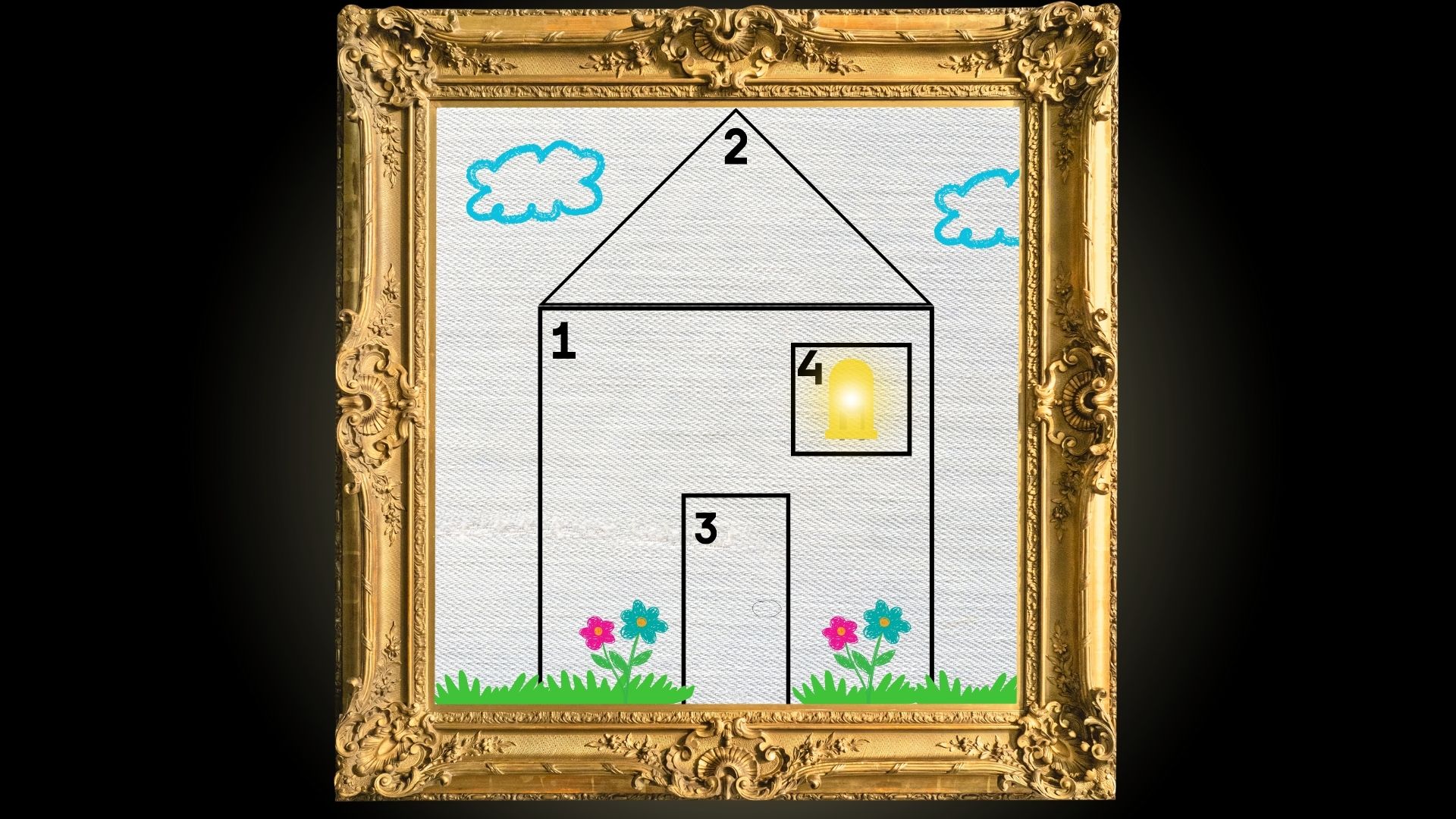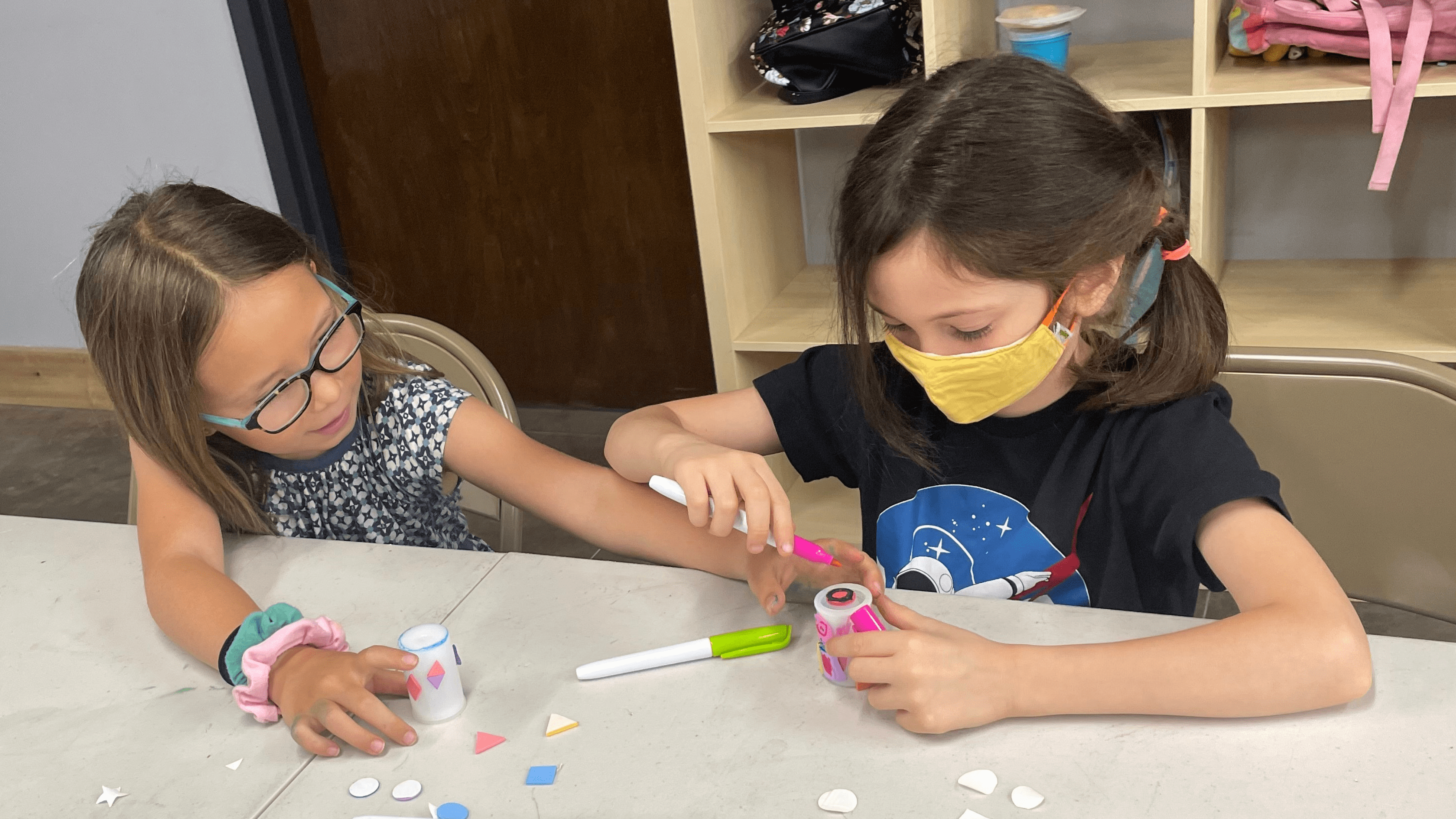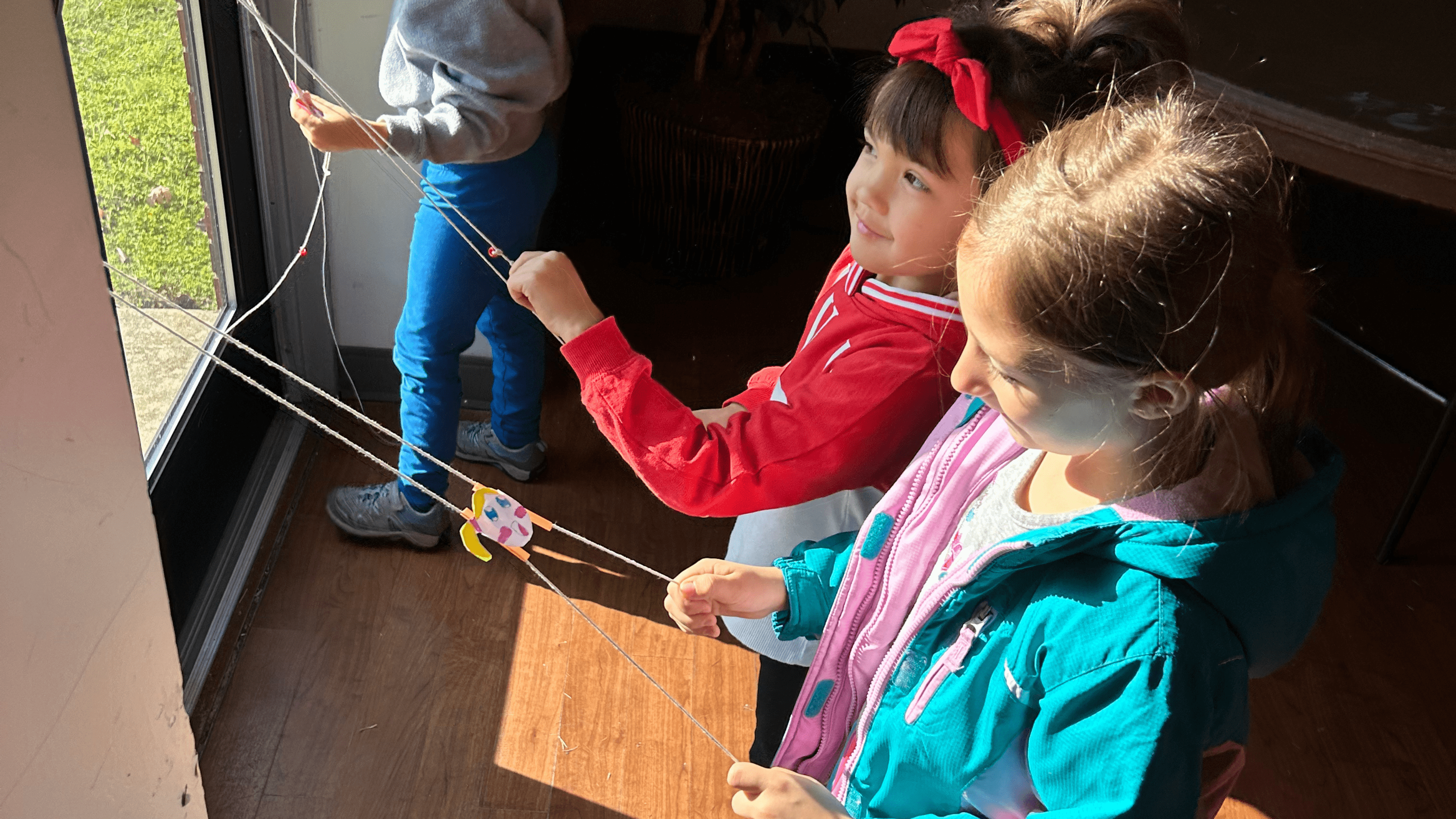In this project created by Ella and Samantha, members of the Rosie Innovators STEM program for young women in high school, you will create your own DNA strand out of candy to learn more about DNA structures! Using a template (see below), you’ll organize different colors of candy to create DNA base pairs (adenine with thymine and cytosine with guanine) and connect them with toothpick hydrogen bonds and a twizzler backbone.
DNA is a material in all living things that codes for different traits. The two different pairs of colors that you’ll pair in the DNA models represent different base pairs that make up your DNA. These are like puzzle pieces – as one piece always pairs with another in a puzzle, so does DNA. In these models, just like DNA, in the real world, adenine always pairs with thymine and guanine always pairs with cytosine!
Now that you know about DNA and what makes up its structure, it is time to make your own DNA model out of candy! Gather the materials listed to the right, print out the DNA template, and follow the instructions below!




